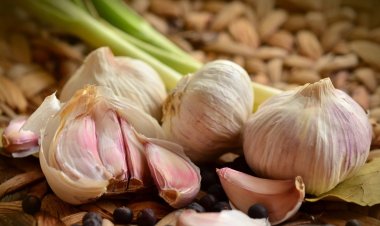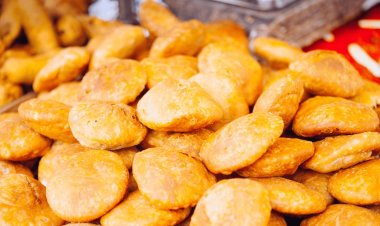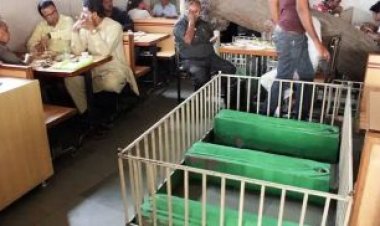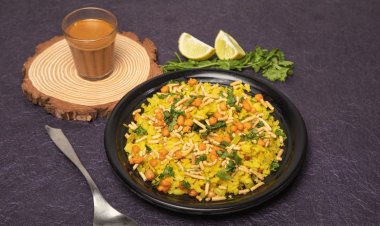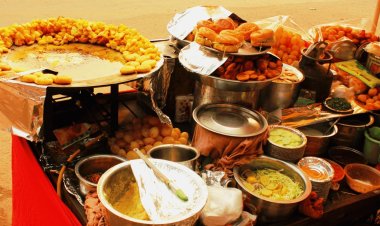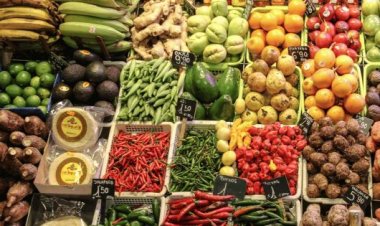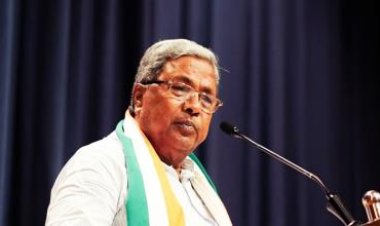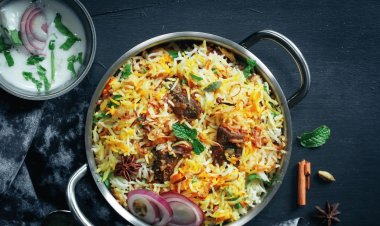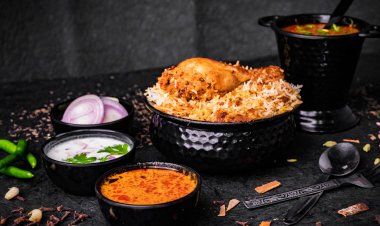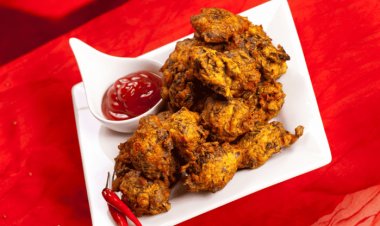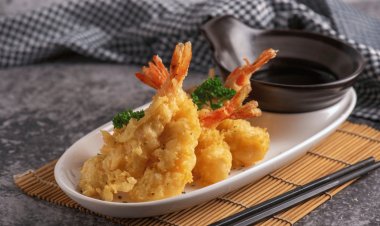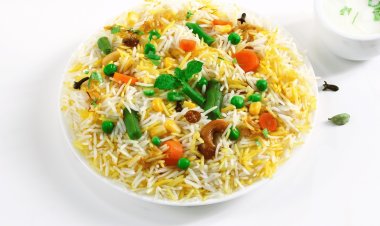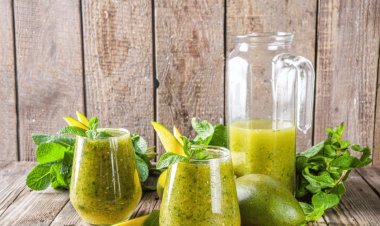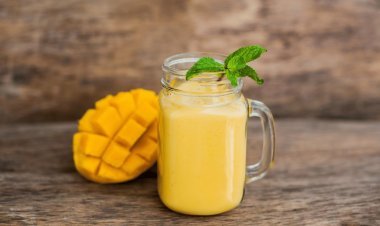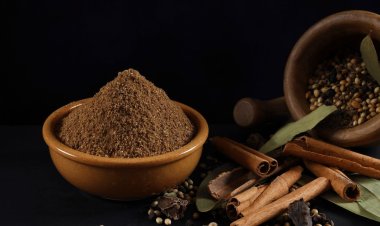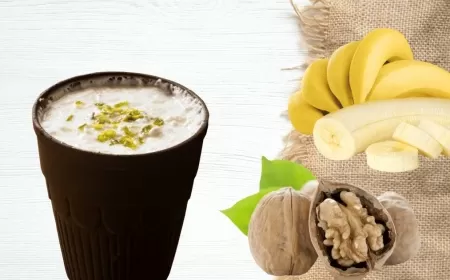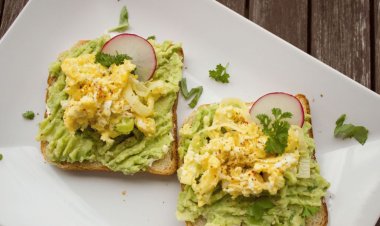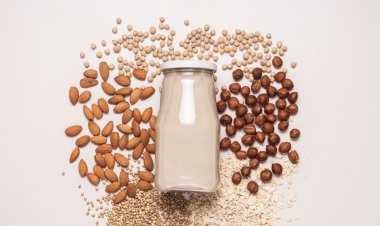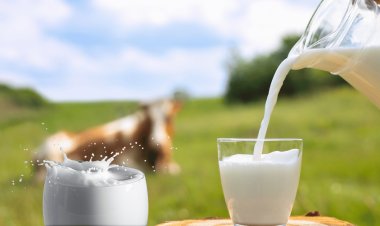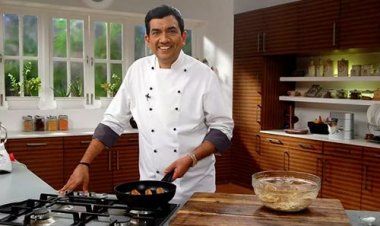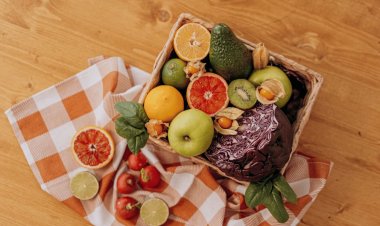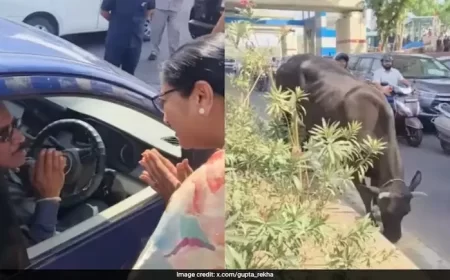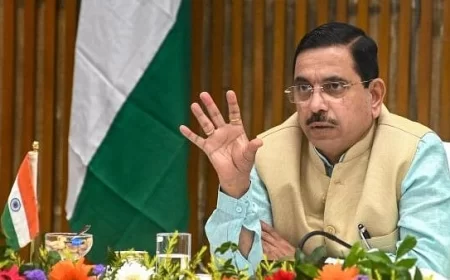India’s Retail Inflation Drops to a Five-Month Low of 4.31% in January as Food Prices Cool
India’s retail inflation drops to a five-month low of 4.31% in January 2025, driven by easing food prices. Find out how lower vegetable costs and strong kharif crops are shaping the economy and what it means for RBI policies.
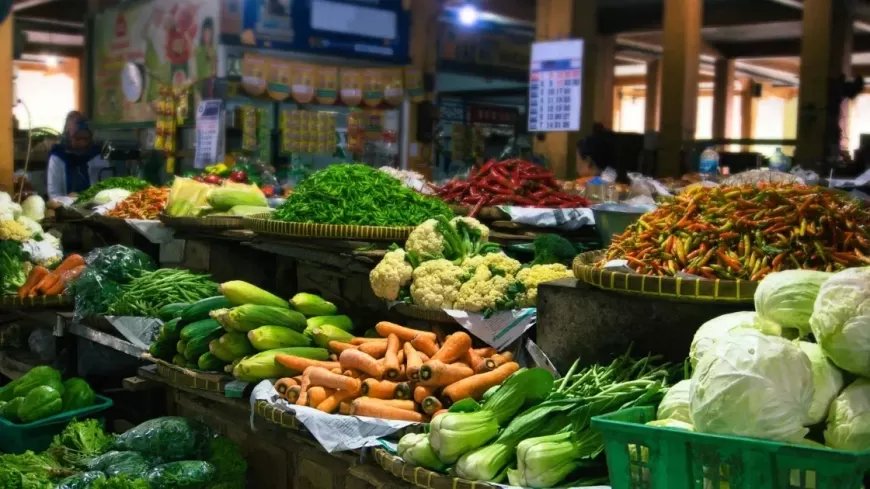
India's retail inflation slowed to 4.31% in January 2025, marking a five-month low from 5.22% in December. The decline is mainly due to easing food prices, bringing relief to households struggling with rising costs. This drop was even better than the 4.6% estimate from a Reuters poll, indicating positive signs for the economy. Lower vegetable prices and a strong kharif crop harvest played a major role in the moderation of inflation.
Retail Inflation Trends
In rural areas, inflation cooled to 4.64% in January from 5.76% in December, while urban inflation declined to 3.87% from 4.58% in the previous month.
With inflation easing, there is a higher possibility that the Reserve Bank of India (RBI) may consider another rate cut. Earlier in February, the RBI reduced its key policy rate by 25 basis points to 6.25%—the first rate cut in nearly five years—to support economic growth. The Indian government also introduced significant income tax cuts in its February 1 budget to boost consumer spending.
Food Inflation and Price Trends
Food inflation, which accounts for nearly half of the Consumer Price Index (CPI), dropped to 6.02% in January from 8.39% in December—the lowest level since August 2024.
-
Vegetables: Prices rose 11.35% year-on-year, much lower than the 26.6% increase in December.
-
Cereals: Prices increased by 6.24%, slightly down from 6.50% in December.
-
Pulses: Inflation stood at 2.59% in January, compared to 3.80% in December.
Fresh winter produce entering local markets has played a crucial role in slowing food price rises. Economists believe that cooling vegetable prices contributed the most to easing inflation.
Sakshi Gupta, Principal Economist at HDFC Bank, noted, "Apart from wheat and vegetable oil, all other food categories are showing signs of moderation. The usual softness in food prices during winter has been further supported by a strong kharif harvest."
Impact on RBI’s Policy and Economic Growth
With inflation declining, the RBI now has more flexibility to address slowing economic growth. However, overall inflation is still slightly above the central bank’s 4% medium-term target.
Radhika Rao, Executive Director and Senior Economist at DBS Bank, stated, "Softening inflation supports the RBI's recent rate cut decision, and we expect inflation to move towards or even below the 4% target in the next few months."
The central bank remains focused on balancing inflation control with economic growth while also addressing concerns about the weakening rupee.
RBI’s Inflation Forecast and Future Outlook
Last week, the RBI’s Monetary Policy Committee (MPC) acknowledged that inflation has declined and is expected to moderate further in FY26, bringing additional relief to households.
The RBI aims to keep inflation within the 2-6% range and has projected an inflation rate of 4.2% for the fiscal year 2025-26. The forecast for each quarter of FY26 is as follows:
-
Q1: 4.5%
-
Q2: 4%
-
Q3: 3.8%
-
Q4: 4.2%
The Economic Survey for 2024-25 also predicted that food inflation would ease in Q4 FY25. However, global uncertainties still pose risks to India’s inflation stability.
Despite successfully lowering retail inflation to a four-year low of 5.4% in FY24, challenges such as a weakening rupee, fluctuating inflation, and declining foreign investment continue to impact the economy.
In a recent address, RBI Governor Sanjay Malhotra highlighted that inflation has significantly reduced from its peak of 6.2% in October 2024. He emphasized that India’s inflation-targeting framework has helped stabilize prices and remains an effective tool for managing economic conditions.
What's Your Reaction?
 Like
0
Like
0
 Dislike
0
Dislike
0
 Love
0
Love
0
 Funny
0
Funny
0
 Angry
0
Angry
0
 Sad
0
Sad
0
 Wow
0
Wow
0



























